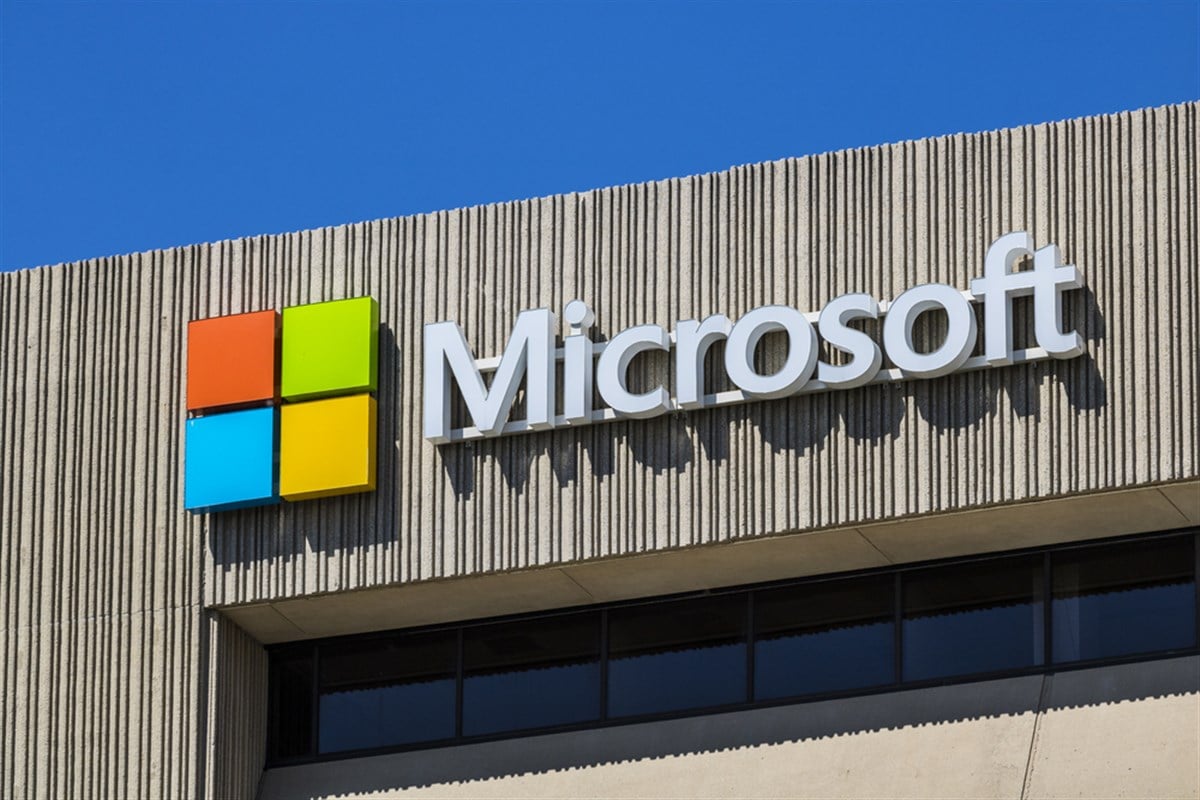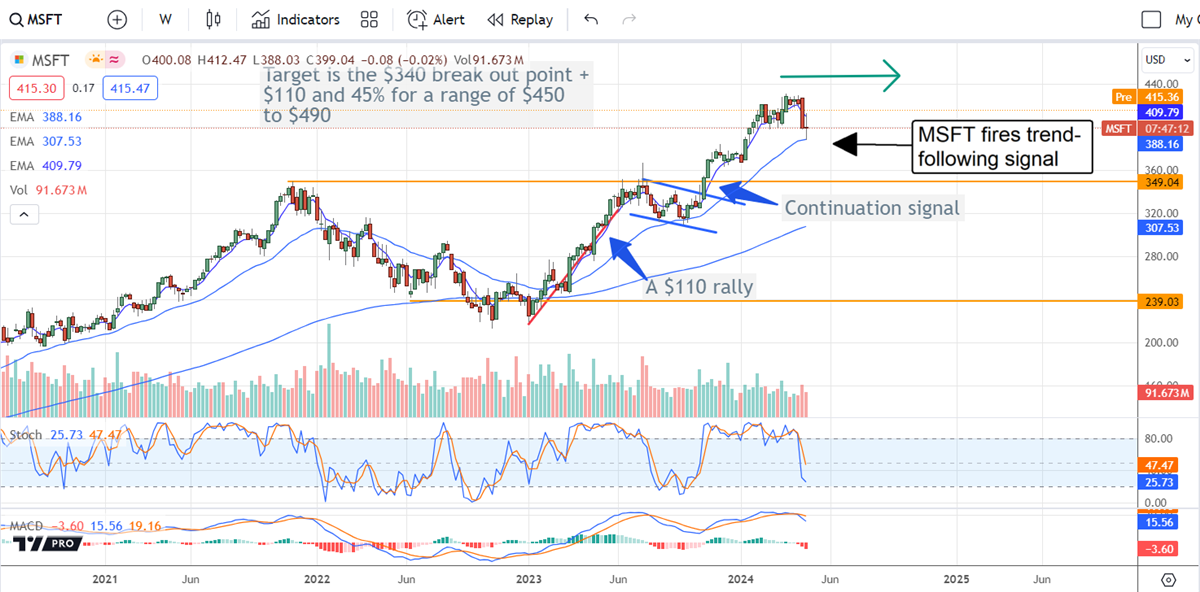
Microsoft (NASDAQ: MSFT) stock entered a correction before the Q3 earnings release, setting it up for a trend following signal that is now in play. The Q3 results reveal a classic supply-and-demand imbalance underpinning results, leading to outperformance and driving the market higher. The imbalance favors Microsoft and is centered on AI. The company ramped spending on CAPEX, including AI infrastructure, by 79% over the last year, yet still needs to meet the demand. That fact offsets plans to increase CAPEX again, leading to increased revenue and sustained growth over the next twelve to eighteen months.
Analysts cheer the news. The first dozen revisions to hit the wires include twelve price target increases that have the consensus, up 35% YOY and 7.5% in the last 30 days, moving higher. The consensus implies a 9% upside from the prerelease price point, but the new range is much better. The new range implies a 16.5% upside at the low end.
Aside from the strength of AI, the primary takeaway is that the established, blue-chip, leading tech companies command the lion's share of AI and will dominate the industry as it moves forward. Reminiscent of the company’s developer conference earlier this year, the release was a name-dropping event highlighting the importance of NVIDIA (NASDAQ: NVDA) and Advanced Micro Devices (NASDAQ: AMD) accelerators, Oracle (NYSE: ORCL) and SAP (NYSE: SAP) database workloads and Microsoft’s importance as the go-to source for infrastructure and services by big businesses like The Coca-Cola Company (NYSE: KO).
Microsoft has a Solid Quarter, Lifts Guidance
[content-module:CompanyOverview|NASDAQ: MSFT]Microsoft had a stunning quarter with net revenue of $61.9 billion, growing 17.1% YOY and outpacing the consensus estimates by 160 basis points. The 160 basis point beat isn’t substantial aside from the fact analysts have been raising their estimates for the past year. Growth was led by a 21% gain in Intelligent Computing, a 17% gain in More Personal Computing and a 12% increase in Product & Business Processes. Regarding the cloud and AI, Microsoft Cloud grew by 23%, while Azure led with 31%.
Margin news is also favorable. The company widened its gross and operating margins due to sales growth, increased leverage, and spending discipline. The operating margin widened by 200 basis points to leave the GAAP earnings are $2.94 or up $0.11 compared to last year and $0.11 better than expected. GAAP earnings grew slower than revenue due to increased CAPEX spending, which drives growth and leads to higher cash flow and free cash flow. Free cash flow grew by 31% and is expected to remain solid through year-end and into the next fiscal year.
Guidance is mixed but reveals the market was expecting the worst. As it is, the company forecasts FQ4 revenue in a range just shy of the consensus, but the full-year tally is ahead of the mark due to the Q3 strength. Because the company shows momentum and is investing heavily to meet demand, it will likely outperform relative to today’s estimates over the next few quarters to eighteen months.
Microsoft’s Valuation is not a Pressing Concern
Microsoft is among the most highly-valued blue-chip tech stocks today, but it is not a concern. The 35X P/E multiple is not a concern because this company is delivering on the hope for AI. It is growing, sees robust demand, and is working hard to meet it. Estimates for the next fiscal year bring the valuation down to a more reasonable 29X, and the estimates are likely cautious.
The technical action is favorable. The market is up more than 3% following the news and confirming support at the 150-day EMA. The bounce from the EMA is a trend-following signal that will likely result in a move up to $440 or higher. $440 aligns with the current consensus target, a target foreshadowed by prior price action, and is the minimum move indicated. Because the analysts are leading the market to the $500 region, a 20% to 25% upside is still possible.








